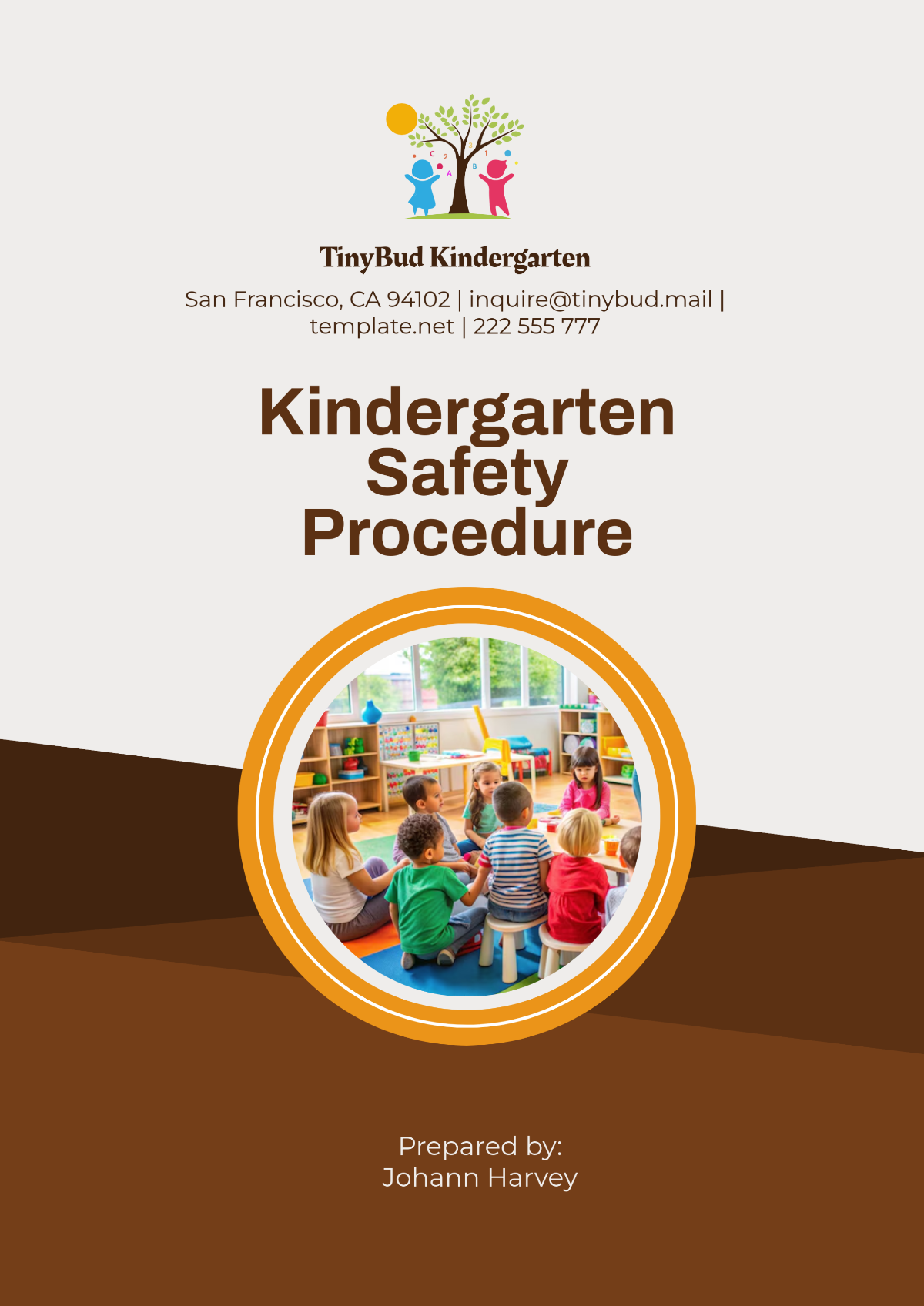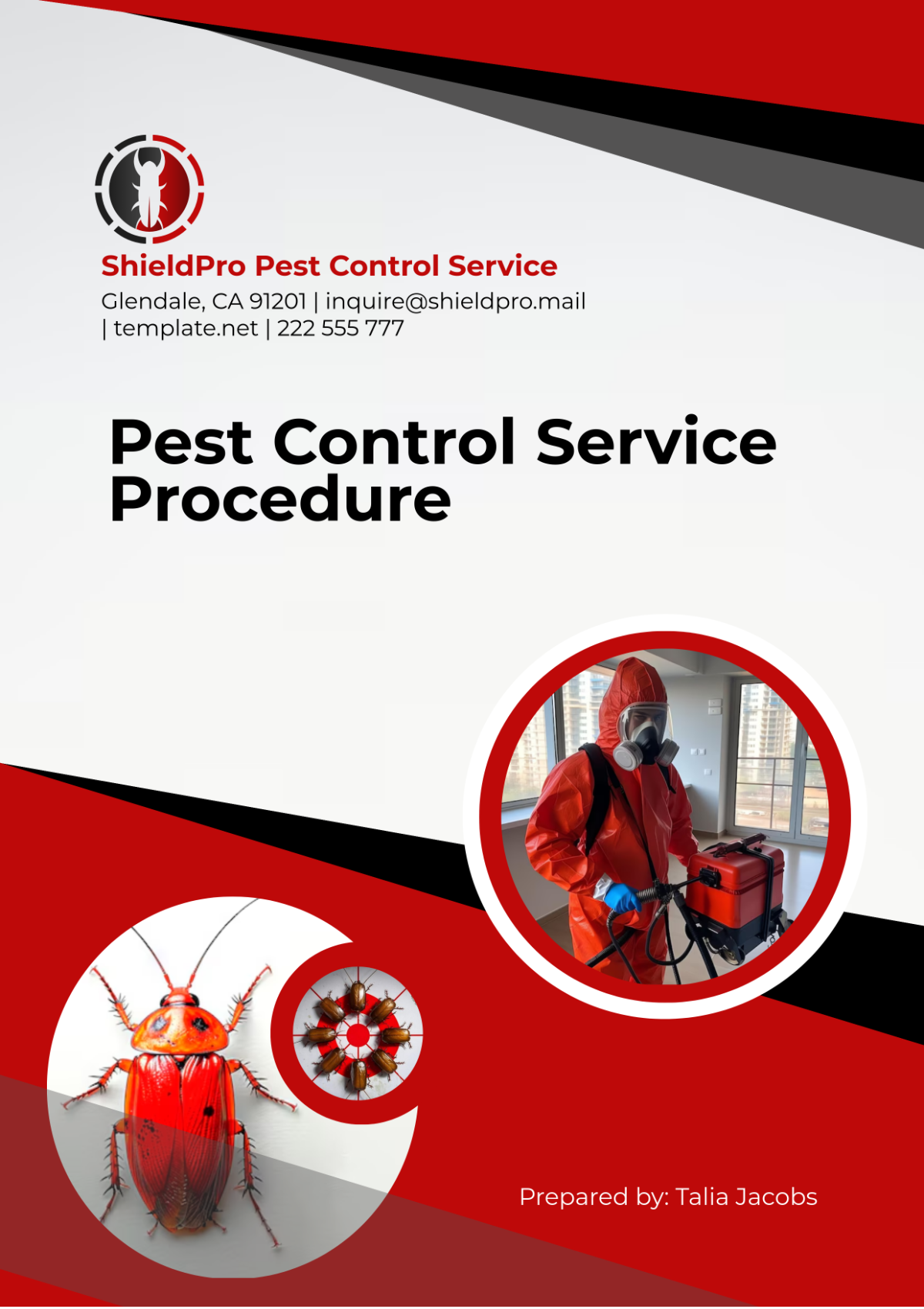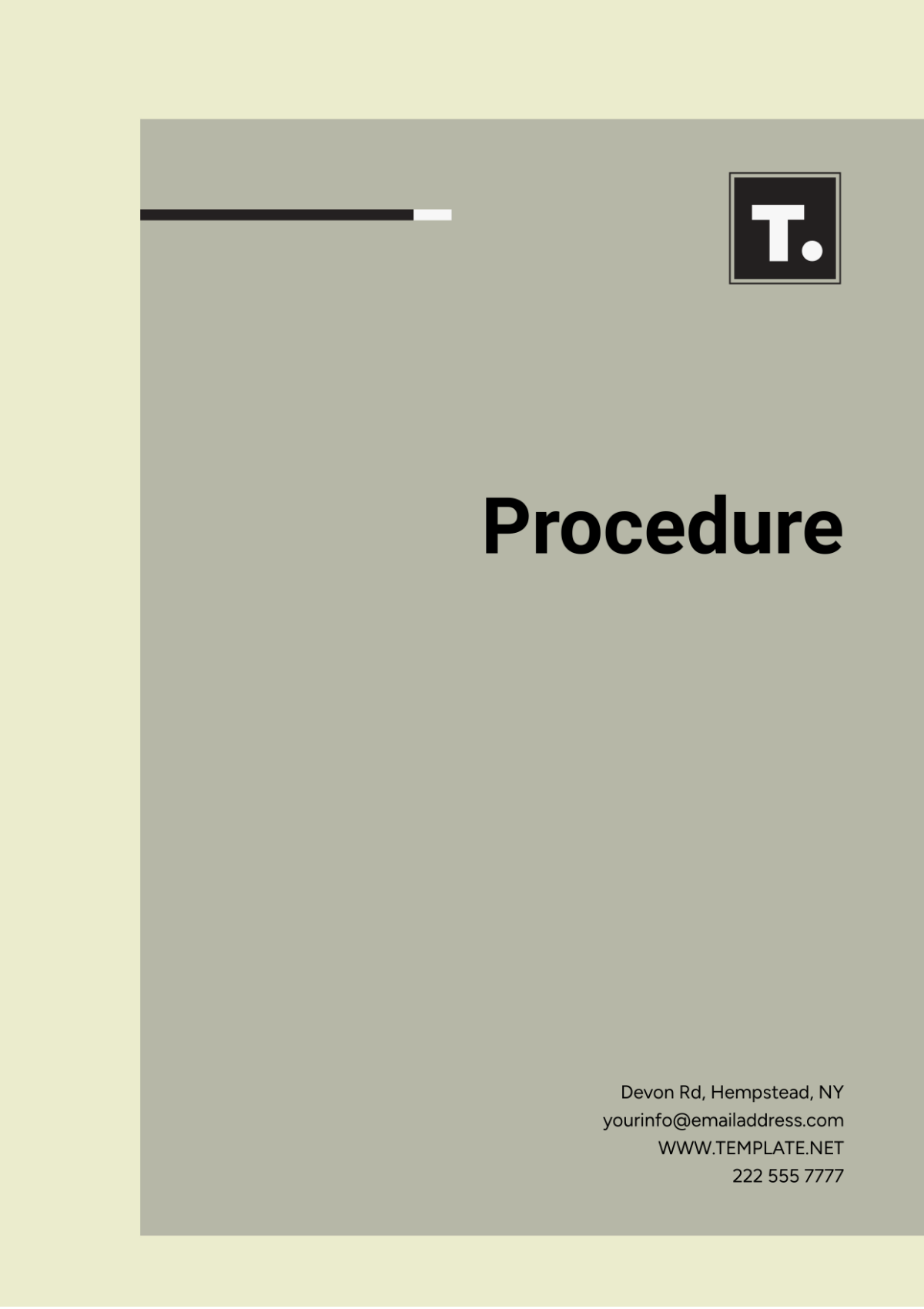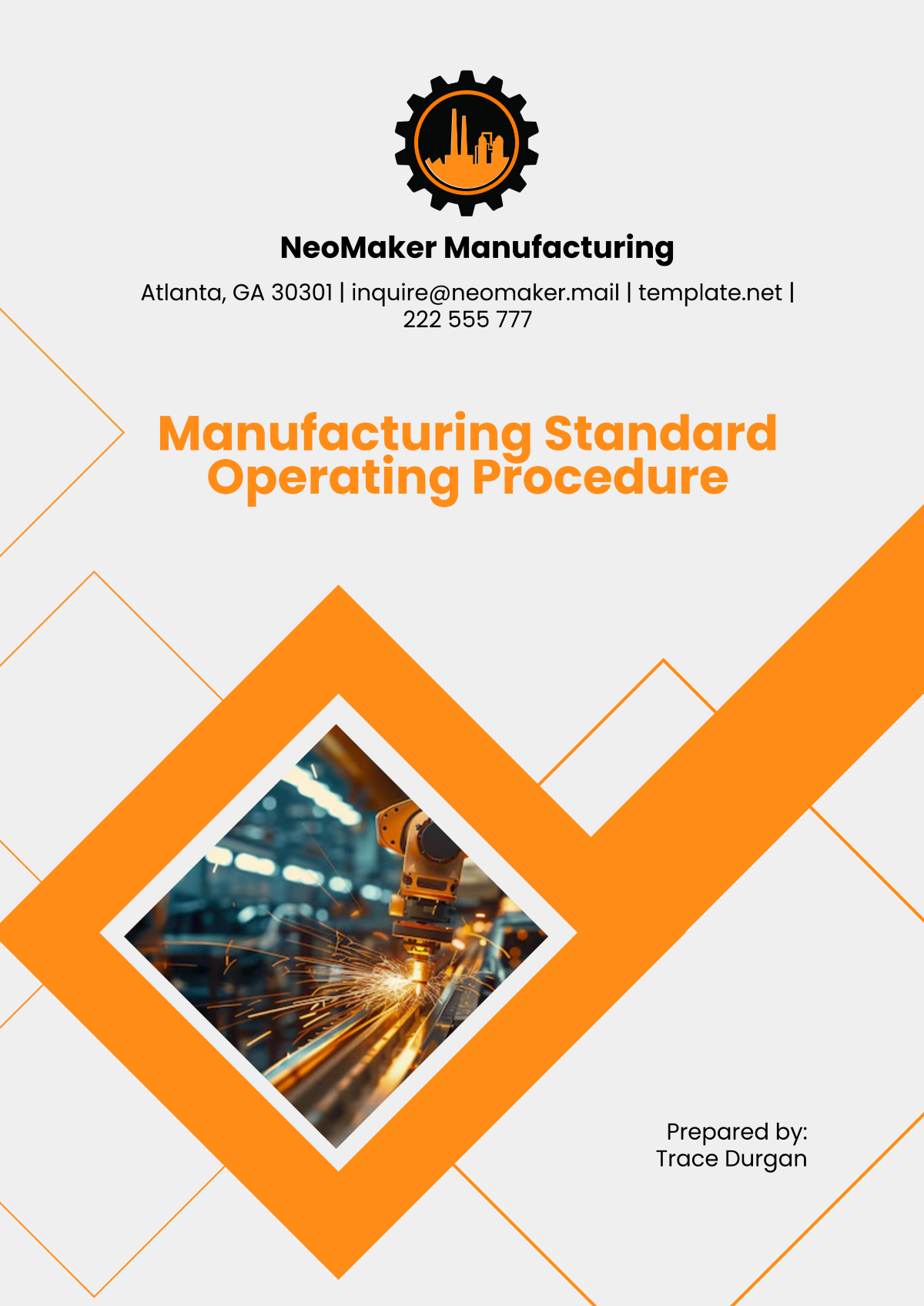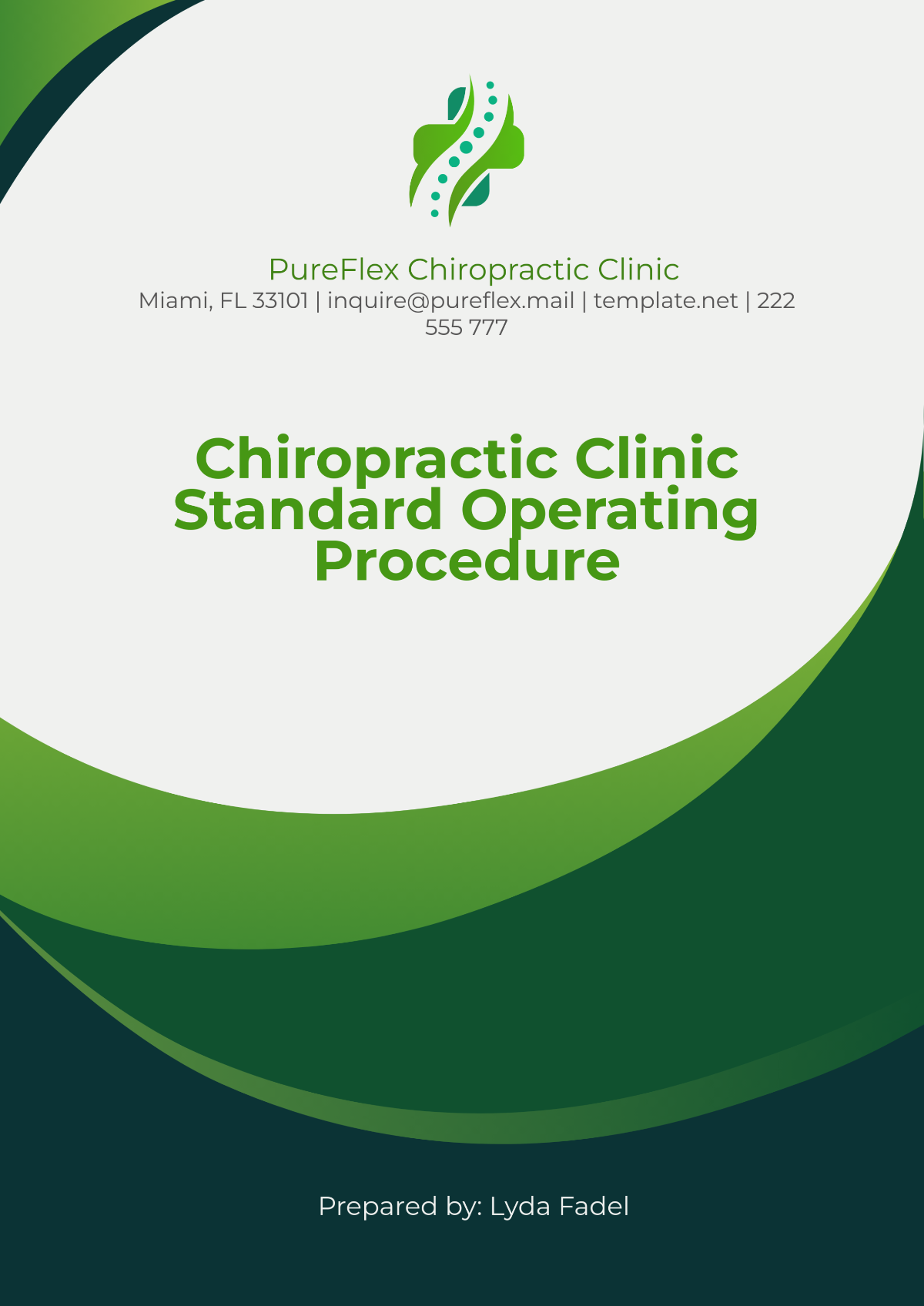Free Restaurant Standard Operating Procedure Template
Restaurant Standard Operating Procedure
I. Introduction
The Standard Operating Procedures (SOPs) outlined below are designed to ensure the smooth and efficient operation of [Your Company Name]. These SOPs cover various aspects of our operations, including food preparation, sanitation, customer service, inventory management, safety protocols, training, and quality control.
II. Food Preparation
In this section, we outline the meticulous procedures involved in handling ingredients and preparing dishes to ensure consistent quality and safety standards.
Ingredients Handling
All incoming ingredients must undergo thorough inspection for freshness, quality, and adherence to safety standards before acceptance.
Utilize the first-in, first-out (FIFO) method for inventory rotation to minimize waste and ensure optimal product freshness.
Segregate and store raw ingredients properly to prevent cross-contamination and spoilage.
Food Cooking and Presentation
Adhere strictly to standardized recipes and portion sizes to maintain consistency in flavor and presentation.
Utilize calibrated cooking equipment and adhere to recommended cooking temperatures to ensure food safety and quality.
Emphasize proper plating techniques to enhance visual appeal and create memorable dining experiences for guests.
Food Storage and Handling
Implement proper storage practices to maintain the quality and safety of perishable and non-perishable food items.
Store raw meats separately from ready-to-eat foods to prevent cross-contamination.
Rotate food products regularly to ensure that older items are used first and minimize the risk of spoilage or expiration.
III. Sanitation and Hygiene
Maintaining impeccable sanitation and hygiene practices is paramount to our operations. This section details the rigorous protocols in place to uphold the highest standards of cleanliness and food safety.
Kitchen Cleaning
Establish a comprehensive cleaning schedule for all kitchen areas, equipment, and utensils, with designated responsibilities and frequency.
Use approved cleaning agents and sanitizers in accordance with food safety regulations to effectively eliminate harmful bacteria and pathogens.
Conduct regular inspections of kitchen cleanliness and implement corrective actions as necessary to maintain optimal sanitation standards.
Personal Hygiene
Enforce strict handwashing protocols for all staff, emphasizing thorough handwashing before and after handling food, using the restroom, or engaging in other activities that may contaminate hands.
Provide and enforce the use of appropriate personal protective equipment (PPE), such as gloves, hairnets, and aprons, to prevent the spread of contaminants.
Establish policies and procedures for sick leave and ensure that symptomatic employees refrain from handling food or working in food preparation areas to prevent the spread of illness.
IV. Front-of-House Operations
Our commitment to exceptional customer service begins with our front-of-house operations. Here, we describe the procedures and standards that govern every interaction with our valued guests.
Customer Service Standards
Train staff in effective communication and hospitality techniques to deliver exceptional customer service.
Implement a standardized greeting and farewell script to create a welcoming atmosphere for guests.
Provide ongoing training and feedback to front-of-house staff to continuously improve service quality and guest satisfaction.
Table Setting and Presentation
Develop and maintain standardized table-setting guidelines to ensure consistency and attention to detail in table arrangements.
Regularly inspect table settings for cleanliness, completeness, and alignment with brand standards.
Train staff in proper table-setting techniques and provide refresher courses as needed to uphold presentation standards.
V. Inventory Management
Efficient inventory management is essential to meeting the demands of our guests while minimizing waste and ensuring freshness. This section provides insight into our systematic approach to ordering, receiving, and storing inventory.
Ordering and Receiving
Establish clear guidelines for inventory ordering, including approved suppliers, order quantities, and ordering frequencies based on demand forecasts and par levels.
Designate a receiving area with trained personnel to inspect incoming deliveries for accuracy, quality, and compliance with purchase orders.
Utilize inventory management software or systems to track inventory levels, monitor usage patterns, and facilitate timely reordering.
Storage
Implement a systematic storage system with designated areas for different types of inventory, including dry goods, refrigerated items, and frozen products.
Utilize proper storage containers, shelving units, and labeling systems to maximize space utilization and minimize the risk of cross-contamination.
Conduct regular inventory audits to identify and address discrepancies, expired products, and storage issues promptly.
Inventory Control
Implement inventory control measures, such as stocktaking and variance analysis, to monitor inventory levels, track shrinkage, and identify potential theft or loss.
Utilize inventory management tools and reports to analyze inventory turnover rates, identify trends, and make informed decisions about ordering and stocking levels.
Develop and enforce policies and procedures for managing inventory discrepancies, returns, and adjustments to maintain accuracy and accountability.
VI. Safety Protocols
The safety of our employees and guests is of utmost importance. In this section, we outline the comprehensive safety protocols implemented to prevent accidents, minimize risks, and respond effectively to emergencies.
Equipment Safety
Develop and implement comprehensive equipment safety protocols, including regular maintenance schedules, safety checks, and employee training on safe operating procedures.
Establish clear guidelines for reporting equipment malfunctions, damage, or safety hazards, with designated personnel responsible for addressing and resolving issues promptly.
Conduct periodic safety inspections and audits to identify potential risks and ensure compliance with regulatory requirements and industry best practices.
Emergency Procedures
Develop and communicate emergency response procedures, including evacuation routes, assembly points, and emergency contact information, to all staff members.
Conduct regular emergency drills and training sessions to familiarize employees with emergency protocols and ensure prompt and coordinated responses in crisis situations.
Maintain emergency supplies and equipment, such as fire extinguishers, first aid kits, and emergency lighting, in accessible locations and ensure they are regularly inspected and maintained.
VII. Training and Employee Onboarding
Our success hinges on the expertise and dedication of our staff. This section delves into our robust training and onboarding processes designed to empower employees and foster a culture of excellence.
Training Materials
Develop comprehensive training materials, including manuals, videos, and interactive modules, covering all aspects of restaurant operations, policies, and procedures.
Tailor training programs to the specific roles and responsibilities of each position, providing role-specific training on tasks, equipment operation, and customer interactions.
Implement a structured onboarding process for new hires, including orientation sessions, job shadowing opportunities, and mentorship programs to facilitate a smooth transition into their roles.
Performance Evaluation
Establish clear performance metrics and evaluation criteria for assessing employee performance, including job-specific competencies, customer satisfaction ratings, and adherence to operational standards.
Conduct regular performance reviews and feedback sessions with employees to provide constructive feedback, recognize achievements, and identify areas for improvement.
Provide ongoing training, coaching, and professional development opportunities to support employee growth and enhance job performance.
VIII. Quality Control
Consistency and quality are the cornerstones of our culinary offerings. Here, we detail the meticulous quality control measures employed to ensure every dish meets our exacting standards.
Food Quality
Implement rigorous quality control measures throughout the food preparation process, including visual inspections, taste tests, and temperature checks, to ensure adherence to recipe standards and customer expectations.
Establish protocols for addressing quality issues, including product substitutions, cooking adjustments, and communication with kitchen staff, to minimize service disruptions and maintain guest satisfaction.
Solicit feedback from guests through comment cards, online reviews, and direct interactions to identify areas for improvement and continuously enhance food quality and guest experience.
Service Quality
Monitor service quality indicators, such as wait times, order accuracy, and guest feedback, to identify opportunities for improvement and address potential service gaps proactively.
Provide ongoing training and coaching to front-of-house staff on service standards, interpersonal skills, and conflict resolution techniques to enhance service delivery and guest satisfaction.
Empower staff to take ownership of guest experiences and resolve issues promptly and effectively, demonstrating a commitment to excellence in customer service.
IX. Financial Procedures
Transparent and accountable financial practices are essential to our business integrity. This section elucidates our procedures for managing cash, billing, and financial reporting to maintain fiscal responsibility and compliance.
Cash Handling
Implement robust cash handling procedures, including secure cash handling practices, cash register reconciliation processes, and documentation of cash transactions, to prevent theft, errors, and discrepancies.
Train cash handling staff on proper cash handling techniques, counterfeit detection methods, and fraud prevention measures to safeguard assets and maintain financial integrity.
Conduct regular audits and reviews of cash handling procedures, financial records, and internal controls to identify areas for improvement and ensure compliance with regulatory requirements and industry standards.
Billing and Reporting
Establish standardized billing procedures, including accurate pricing, itemized invoices, and transparent billing practices, to provide guests with clear and concise billing statements.
Utilize point-of-sale (POS) systems or software to automate billing processes, generate sales reports, and track revenue streams, enabling timely and accurate financial reporting.
Implement internal controls, such as segregation of duties and authorization requirements, to prevent errors, fraud, and unauthorized access to financial data, ensuring the integrity and confidentiality of financial information.
Expense Management
Monitor and control expenses through budgeting, spending limits, and approval processes to optimize financial performance and resource utilization.
Implement policies and procedures for expense reimbursement, including documentation requirements, approval workflows, and compliance with expense policies and guidelines.
Conduct regular reviews of expenses, identify cost-saving opportunities, and implement strategies to reduce overhead and improve profitability.
Financial Reporting
Generate and analyze financial reports, including income statements, balance sheets, and cash flow statements, to assess the financial health and performance of the restaurant.
Utilize financial analysis tools and key performance indicators (KPIs) to evaluate business trends, identify areas for improvement, and make data-driven decisions to drive growth and profitability.
Ensure compliance with regulatory requirements and accounting standards in financial reporting and disclosure practices to maintain transparency and accountability.
X. Conclusion
By adhering to these comprehensive Standard Operating Procedures, [Your Company Name] is committed to delivering exceptional food, service, and hospitality to our valued guests. These SOPs serve as a roadmap for our staff to follow, ensuring consistency, efficiency, and excellence in every aspect of our operations. Through ongoing training, monitoring, and improvement initiatives, we strive to exceed customer expectations and maintain our reputation as a premier dining destination.






















